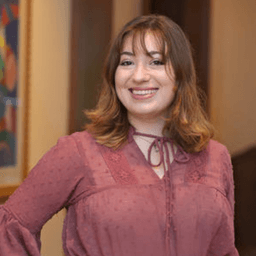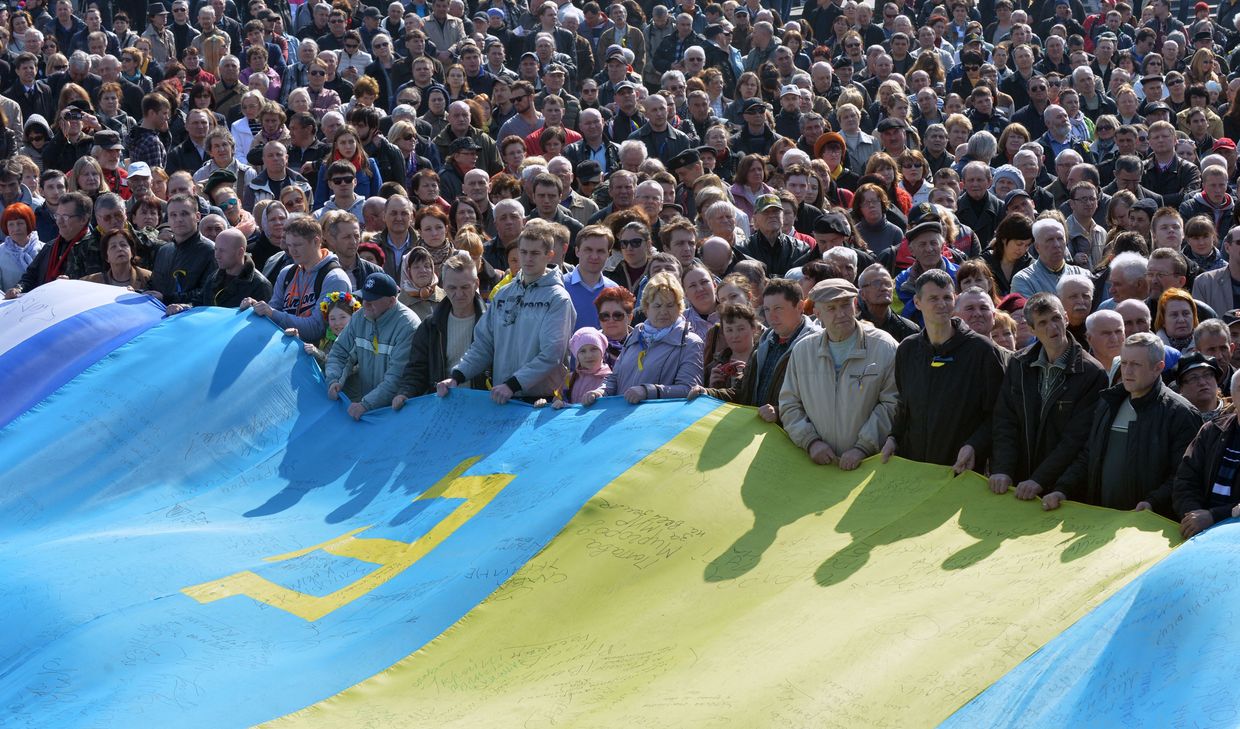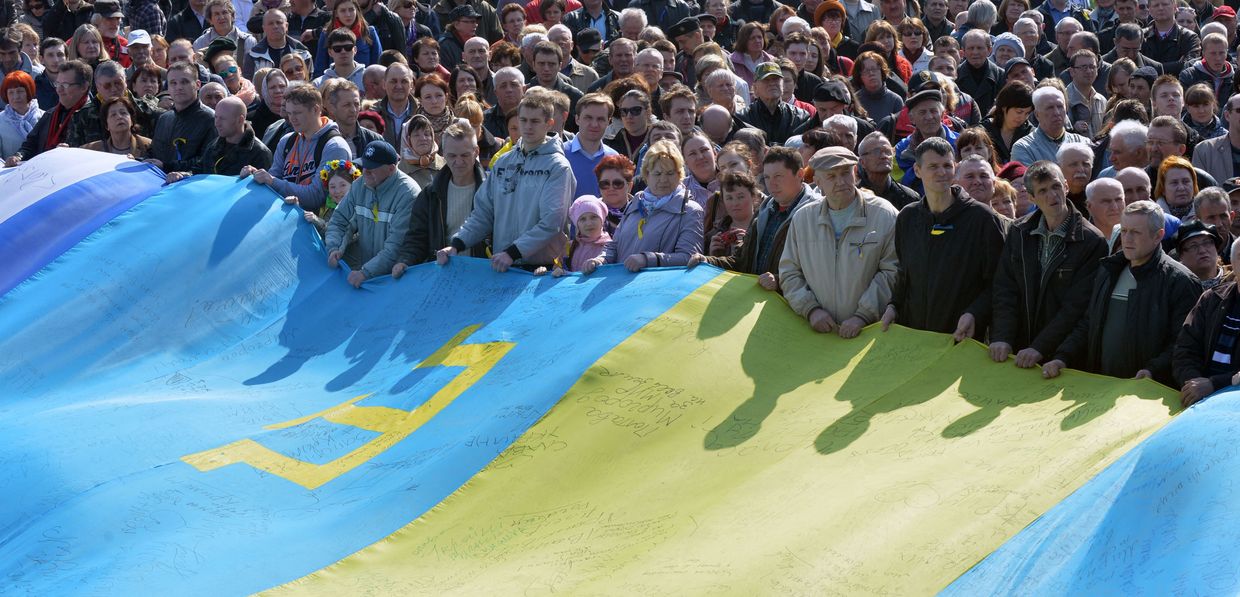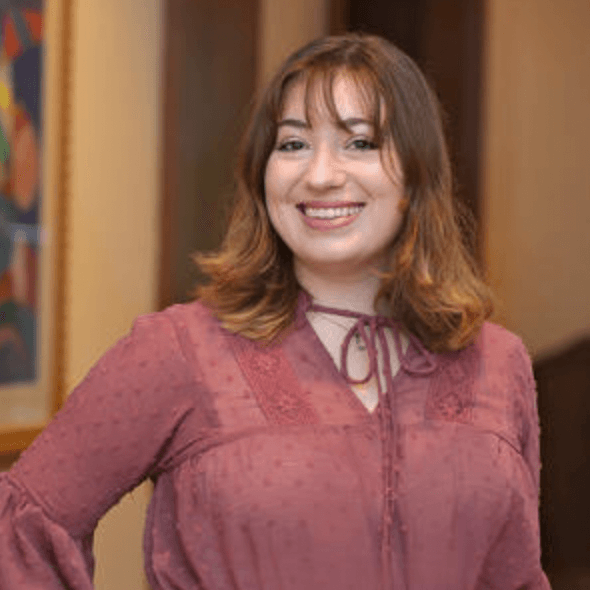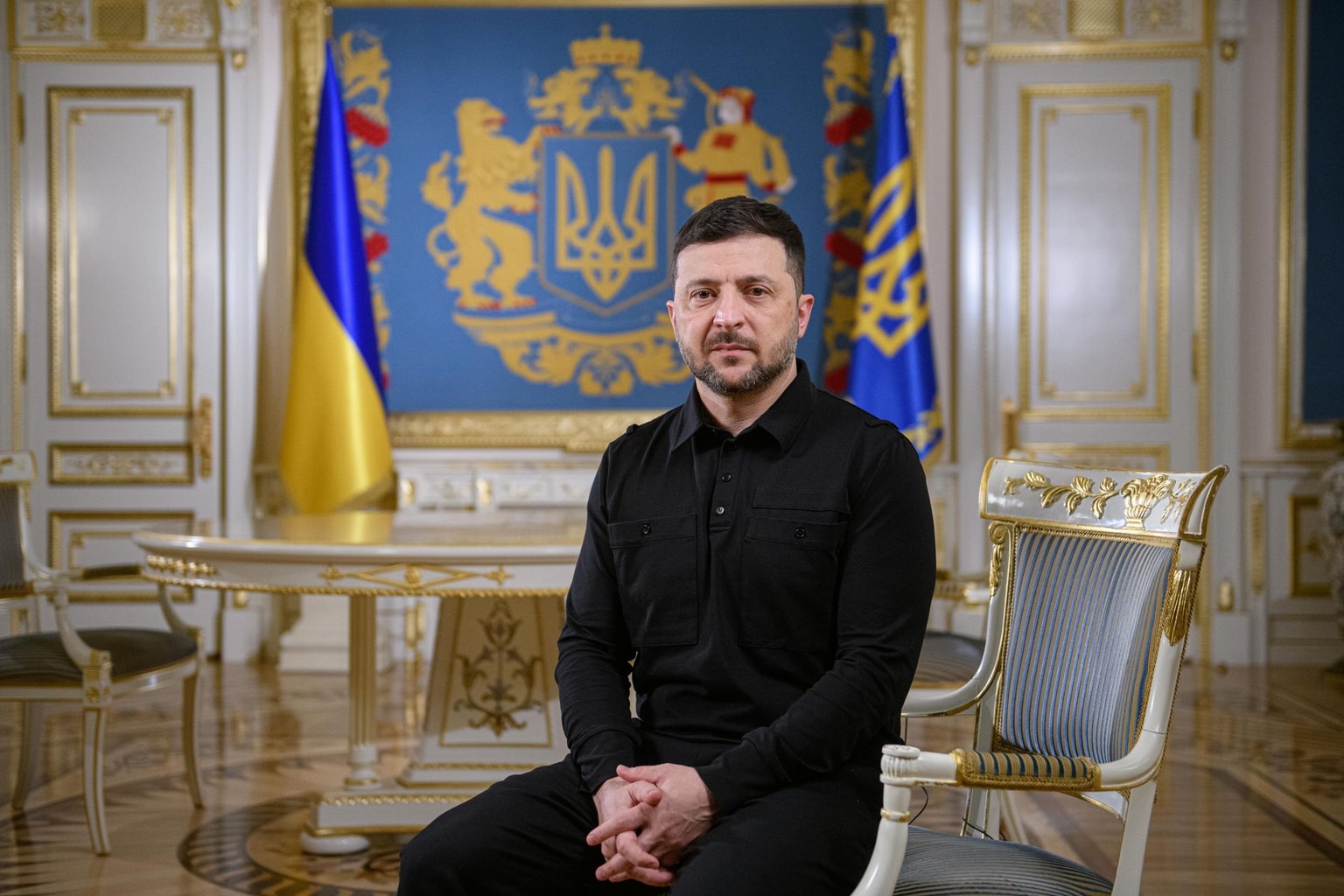Russia invaded Ukraine’s Crimean Peninsula in February 2014 during the deadliest days of the EuroMaidan Revolution, which ultimately led to the ousting of President Viktor Yanukovych.(Anna Savira)
Russia seized Ukraine's Crimean Peninsula in February 2014 amid the deadliest days of the EuroMaidan Revolution that eventually ousted Ukraine's then-President Viktor Yanukovych.
While Yanukovych's pro-Russian regime was killing protesters in central Kyiv, around 30,000 Russian troops crossed into Crimea, taking hold of the 27,000-square-kilometer (10,400-square-mile) peninsula by early March.
This event effectively began Russia's ongoing war against Ukraine. The Russian military has continued to occupy Crimea ever since.
In March 2014, 100 member states in the United Nations General Assembly voted on a resolution stating that the annexation of Crimea was illegal and any staged voting on the peninsula conducted by Russia was null and void.
Over a decade into Russia's war against Ukraine, Crimea is still of tremendous strategic importance. Amid Russia's full-scale invasion of Ukraine in 2022, President Volodymyr Zelensky promised to retake the peninsula.
Reports emerged in April 2025, however, that U.S. President Donald Trump's administration was considering de jure recognition of Russia's control over Crimea, along with de facto recognition of its occupation of other Ukrainian territories.
So far, only a handful of countries allied with Russia have openly supported its illegal annexation of Crimea.
How was Russia able to illegally annex Crimea?
Since the dissolution of the Soviet Union, Ukraine officially allowed the Russian Black Sea Fleet to be stationed in the city of Sevastopol, Crimea.
Despite protests, pro-Russian President Yanukovych signed the 2010 Kharkiv Accords two months after taking office, allowing Russia to station its fleet in Sevastopol until 2042.
Ships and military personnel were not allowed to enter other parts of the Crimean Peninsula without Ukraine's consent.
In late February 2014, Russian troops without military insignia invaded Crimea. Through much of February, Russia had quietly increased its troop presence on the peninsula. They blocked off airports in Sevastopol and Simferopol and seized the Crimean Parliament building.
They also blocked Ukrainian military bases located on the peninsula. Ukrainian troops didn't receive an order to shoot at Russian troops.

Shortly thereafter, a group of pro-Russian local politicians, led by Russian troops, dismantled the official government in Crimea and declared Sergey Aksyonov, leader of a marginal Russian Unity Party, "prime minister of Crimea."
In the 2010 local elections, Russian Unity received 4 percent of the vote and only three seats out of 100 in the Crimean parliament. In 2014, backed by Russian troops, they became the leading collaborating force in Crimea.
In March 2014, the Russian-controlled Crimean parliament voted to hold a "referendum" to join Russia. The sham voting on annexation was conducted in the absence of any international observers and with armed Russian soldiers present at polling locations.
The so-called results were announced by Russian occupation authorities on March 16, 2014, in which the Russian government claimed that 97 percent of voters were in favor of annexation.
Numerous international reports proved that the results were fabricated.

The annexation was widely condemned and dismissed by Kyiv, the U.S., the European Union, and most members of the U.N. The U.S. and E.U. responded by imposing asset freezes, travel bans, and other sanctions on various Russian officials involved in the military occupation.
On March 18, Russian President Vladimir Putin and Aksyonov signed a document saying that Crimea was now a part of Russia. Not long after, more Russian troops, now with official insignia, moved into Crimea.
At the time, the occupation of Crimea represented the largest seizure of land in Europe since World War II, now second only to Russia's 2022 full-scale invasion of Ukraine.
In 2015, Putin officially admitted that Russian forces had been deployed to Crimea as early as February when the pro-Russian regime of Yanukovych ordered the murdering of protesters in downtown Kyiv.
Why does Russia want Crimea?
Crimea has long been a staple of Russian propaganda.
Historically, the Crimean Peninsula was ruled by the Crimean Khanate, a Crimean Tatar state existing from 1441-1783. The Khanate ruled over most of the peninsula and much of current-day southern Ukraine.
In 1783, the Crimean Khanate was illegally annexed by the Russian Empire in violation of a peace treaty with the Ottoman Empire.
Russia renamed Crimean towns and began forcibly Russifying the peninsula to back its claim to a territory that never belonged to Russia.
Over the course of the next two centuries, Russian troops fought two major battles for the peninsula.
In the 1850s, Russia lost the Crimean War to the joint coalition of the Ottoman Empire, Britain, and France. During the Second World War, Crimea was the site of the deadly eight-month-long Siege of Sevastopol, which resulted in the surrender of Soviet troops in July 1942.

Both defeats were glorified by Russian propaganda as an act of heroic self-sacrifice by Russian troops. A number of movies were created to push the narrative, while monuments and streets were named to entrench the belief in Russia's "historical right" to rule the land.
Moscow also forcibly displaced indigenous peoples to reshape the ethnic composition of Crimea.
Soviet tyrant Joseph Stalin repressed the indigenous Crimean Tatar population. The entire Crimean Tatar population was forcibly deported to Siberia and modern-day Uzbekistan in 1944.
Over 200,000 people were forcibly displaced by the Soviet regime, losing their homes and often lives.
Between 40,000 and 100,000 Crimean Tatars died during the deportation or immediately after due to harsh conditions.

In 1785, Russians only made up about 2.2 percent of the population. That number had increased to 28.5 percent by 1864. After the mass deportations of Crimean Tatars, Russians comprised 74.4 percent of the population of Crimea by the final years of the Soviet Union.
This act of ethnic cleansing by Russia is known as Sürgünlik (exile) in Crimean Tatar.
Crimea had been an Autonomous Soviet Socialist Republic from the end of the Russian Civil War until 1945 when it was made into an oblast of Soviet Russia.
In 1954, the Soviet authorities transferred Crimea from the Russian Soviet Federation of Socialist Republics to the Ukrainian Soviet Socialist Republic. The reasons for the transfer are a subject of debate.
Over 50 percent of Crimea’s residents voted in favor of Ukraine’s referendum on independence in 1991.
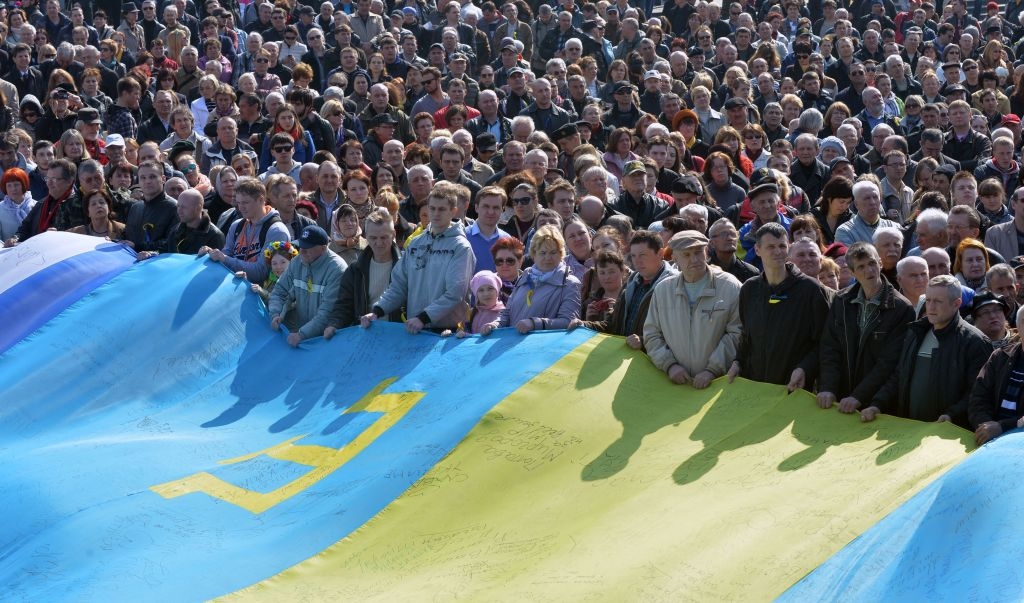
Why is it important for Ukraine to regain Crimea?
Crimea belongs to Ukraine according to international law and has been occupied by Russia since 2014.
After the dissolution of the Soviet Union, the integrity of Ukraine's officially recognized borders was backed by all U.N. member states, including Russia.
Allowing the change of borders by the use of force will create a precedent for authoritarian regimes to follow.
For Crimean Tatars, Russia's occupation of Crimea has evoked memories of the horrific persecution and forced deportation of their people by Russia in 1944.
Since Russia annexed Crimea, the persecution of Crimean Tatars, and all of those who resisted Russian occupation, has continued. Detentions, arrests, forced disappearances, harassment, and torture are regular occurrences.

The illegal imposition of Russian citizenship on anyone holding a residency permit in Crimea has been especially damaging, forcing people to choose between swearing allegiance to a power they consider hostile or risk being deprived of their rights, losing their jobs, the right to vote, or the right to practice their religion.
Thousands of people were forced to flee Crimea after Russian troops moved in.
The possibility of the liberation of Crimea by Ukraine represents a new hope for Crimean Tatars, who have endured cycles of repression by Russia.
In 2021, Ukraine created the Crimea Platform, set to bring the international community together and assist Ukraine in liberating the occupied peninsula.
"Crimea is Ukraine. Crimea is an integral part of our country. Russian aggression began in Crimea, and an end to it will be in Crimea as well," Zelensky said at the second Crimea Platform Summit in August 2022.


